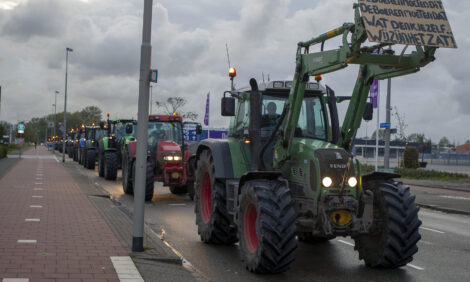



Foreign Workers Account For Over One Third Of Workforce
US - A Texas AgriLife Research study examining the effects of immigrant labour in the dairy industry reveals out of 5,005 dairy farms surveyed nationally, 57,000 full-time employees (41 per cent) were foreign workers. Additionally, the study showed that farms using immigrant labour account for about 62 per cent of the nation’s milk supply.If that workforce were cut in half, the US economy would suffer an $11 billion loss, said Dr Parr Rosson, economist and director of the Centre for North American Studies at Texas A&M University.
About 66,000 workers would also be lost due to possible closure of some dairy farms and resulting “domino effect” of fewer jobs in related sectors, such as grain production, animal health services, and transportation of milk products.
Dr Rosson said the study provides “a clearer picture of how important immigrant labor is to dairy farms across the country.”
The 2009 study was partially supported by the National Milk Producers Federation and examined dairy farms nationwide.
“About 98 per cent of these workers are from Mexico,” Dr Rosson said. “On average, they’re paid $32,000 a year, with 78 per cent of the farms surveyed providing insurance, housing or vacation.”
“Part of the study also included looking at potential losses of immigrant labour,” he said. “We concluded that if we lost half of those 138,000 workers, it would result in an economic loss of $11 billion annually.” In addition, 2,300 dairy farms would go out of business.
If that were to occur, Dr Rosson said consumers would see as much as a 30 per cent increase in milk prices as producers would respond to by cutting back production and scaling back the number of cows in production.
Increased US government enforcement is already affecting movement of workers to and from dairy operations. Documentation procedures are also more rigid than in the past, Dr Rosson said. Slightly more than one-fifth of the farms reported labour shortages of 25 per cent in the last year, while nearly that same number of farms expected labour shortages of almost one-third in 2009.
For dairy operators, most are to the point where there are not any new technologies coming online to compensate for the lack of labor, Dr Rosson said.
“They are forced to make some tough decisions,” he said. “Do I sell cows and cut back production? There’s no way to mechanise to compensate since these farms are already highly mechanised.”
TheCattleSite News Desk


